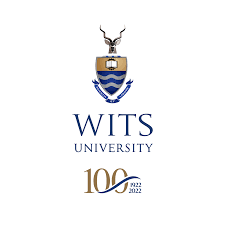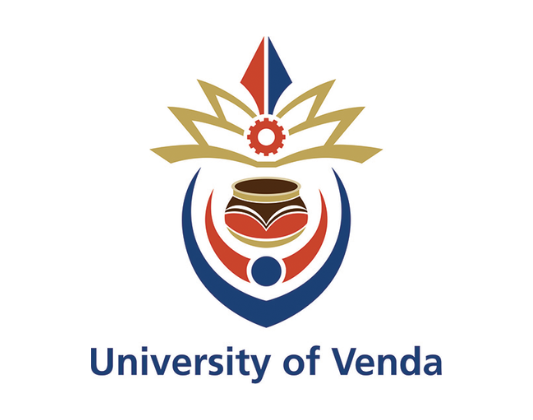The development of Extreme Learning Machine with di-lepton data from the ATLAS detector at the LHC
Researcher: Makgoka Nkoana, University of the Witwatersrand, Johannesburg
Supervisor: Dr Farai Mlambo, University of the Witwatersrand, Johannesburg
Wavelet Neural Networks were inspired by neural networks as well as wavelet decomposition, and as such Zhang and Beneveniste sort to combine the two concepts. This particular network is often used in the financial industry for making forecasts related to the stock market and as such this Investigation sort to compare the results of stock market forecasts made several implementations of the Wavelet Neural Networks, with different activation functions. The main findings from this investigation found that the Shannon Wavelet Neural Network and the Gaussian Neural Network were the best performing followed by the Mexican Hat Neural Network.

